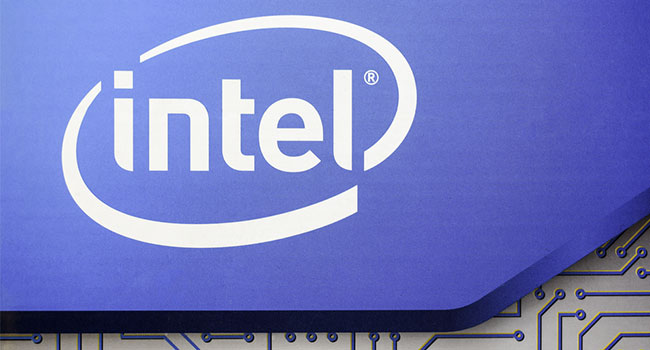
Experts Weigh In on Intel Security Vulnerabilities
- By Sydny Shepard
- Jan 09, 2018
Last week, two major security flaws were discovered in the microprocessors inside nearly all computers. The vulnerabilities, which were originally believed to only be in Intel chips, affect a variety of chip vendors and could allow hackers to steal the entire memory content of computers, mobile devices and services in cloud computer networks.
"For years, one of the largest security flaws has been with the security embedded in the memory component of hardware," CEO of Rivetz, Steven Sprague said. "Enhancing processor security and trusted computing has been a focal point for the industry with more research and development already planned over the next few years."
The flaws, named Meltdown and Spectre, allow programs to read and steal data from other programs on a computer. This could include stored passwords, personal files, important documents and more.
“The Meltdown and Spectre vulnerabilities leverage side channel information leakage to effectively undermine some of the most fundamental security constraints employed by modern computers," computer security researcher for Tripwire's Vulnerability and Exposures Research Team (VERT) Craig Young said. "In each case, an attacker can run code on an affected processor, which leaks information stored in the computer’s memory. This includes things like passwords and cryptographic keys, as well as information needed to more effectively exploit other vulnerabilities."
Security researchers tend to all agree that Meltdown is the more dangerous of the two flaws as it could reach as far as the cloud.
“Meltdown is arguably the more serious of the two vulnerabilities and requires considerable operating system changes to mitigate," Young said. "Meltdown could have devastating consequences for cloud providers as Google researchers were able to demonstrate reading of host memory from a KVM guest OS. For a cloud service provider, this could enable attacks between customers.”
Sprague explains that there are two key parts of ensuring security in the blockchain industry: device identity and attestation.
"When a company discovers an error, the first step in troubleshooting is determining which platforms are affected by the error, and how the error is causing changes in each platform," Spague said. "By shifting to a device identity model, companies can easily monitor the devices within each branch of the company and how each employee uses the device. The second step is determining whether the devices were working properly in the first place. Attestation can test each component of the device to check for hidden weaknesses. Attestation can also diagnose how the error affected the device and what component has malfunctioned as a result of the error."
The new security flaws have sparked ongoing research to determine the actual impact of Spectre and Meltdown and how to further protect hardware in the future.
"Recent disclosure of widespread CPU vulnerabilities will serve as a catalyst for further research into the increasingly complex hardware we trust with our personal, financial and business secrets," CTO and Co-Founder of Swarm Technologies, Inc. Paul Makowski said. "These vulnerabilities will accelerate the process of offloading critical information like fingerprints and bank details to simpler, tailor-made hardware such as Apple's Secure Enclave Processor."
Intel was privately informed of the issues by security researchers in June. Intel has since rejected doing a chip recall or other costly remedies, but did say it has quietly marshaled a coalition of software, hardware and cloud services to close most of the security gaps.
About the Author
Sydny Shepard is the Executive Editor of Campus Security & Life Safety.